
Ever felt a strange tingle down your spine from a whisper, or found yourself mesmerized by the crinkle of a chip bag? You’re not alone! I’m , and like many, I stumbled into the world of ASMR with a mix of curiosity and doubt. This article is my journey to find out if those “tingles” really help us relax or if they are just another internet fad. Let’s explore this odd but loved thing together.
ASMR: The Whispering Digital Trend
Do you recall that feeling when someone spoke softly near your ear? Maybe the gentle sound of a page turning gave you a shiver down your neck? For some people, these everyday happenings, when done on purpose and over and over, start a unique feeling called Autonomous Sensory Meridian Response, or ASMR. People often say it feels like static or a tingling on the skin. It usually starts on the scalp and moves down the back of the neck and upper spine. This feeling brings on deep relaxation and happiness.
For years, people who felt ASMR didn’t have a name for it. They knew they felt it, but they could not talk about it or describe it. Then, the internet changed things. YouTube, especially, became the birthplace for this new group. Users began sharing videos made to cause these special feelings. This small, odd part of the web, with amateur creators whispering into cheap mics, has now become a worldwide hit. It has millions of fans, professional video makers, and even scientists studying it.
But even though it is very popular, ASMR still seems strange. Many people doubt it. Is it a real way to calm stress and worry? Is it a special kind of rest? Or is it just a strange internet trend that appeals to a small group? This article will look closely at ASMR. We will check its roots, its supposed benefits, the science (or lack of it), and decide if it is truly good for you, or just… weird.
What Exactly is ASMR? What is That Tingle?
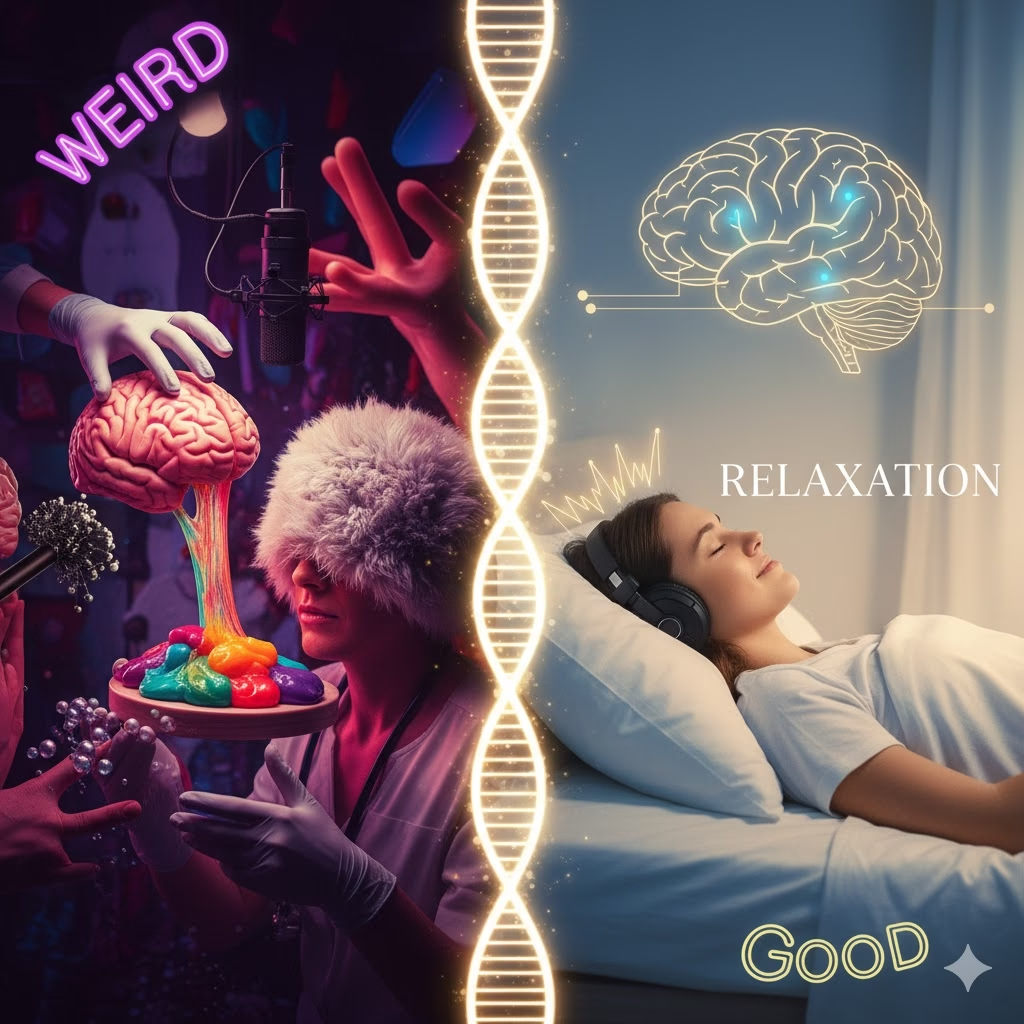
To really grasp ASMR, we must look beyond just the simple “tingles.” While that’s the main sign, the experience is much more complex. It’s how we sense things. It’s a mix of sounds and sights that leads to a physical reaction and a calming feeling.
Think of it this way: some triggers—sounds, things you see, or even soft touch—can easily cause this tingly feeling in people who are sensitive to it. These triggers are very different, but here are some common ones:
- Whispering or soft speaking: The close, quiet tones are often the strongest trigger.
- Tapping sounds: Fingers gently hitting surfaces like wood, plastic, or glass.
- Scratching sounds: Fingers softly scratching cloth, paper, or even microphone covers.
- Crinkling sounds: The sound of paper, plastic, or foil being gently moved.
- Page turning: The soft sound of turning pages in a book.
- Brushing sounds: The gentle sweep of a makeup brush or hairbrush.
- Personal attention: Videos where the creator pretends to be a doctor, hairdresser, or makeup artist. They give the watcher all their gentle attention.
- Slow, careful movements: Hand motions, focusing on a job very precisely.
- Visual triggers: Watching someone do a detailed task, like painting or delicate crafting, even without sound.
The reaction to these triggers is very personal. What makes one person feel calm and happy might do nothing for another. It might even be annoying. This difference is why ASMR can cause strong feelings both for and against it.
ASMR: From Secret Feelings to a Digital Group
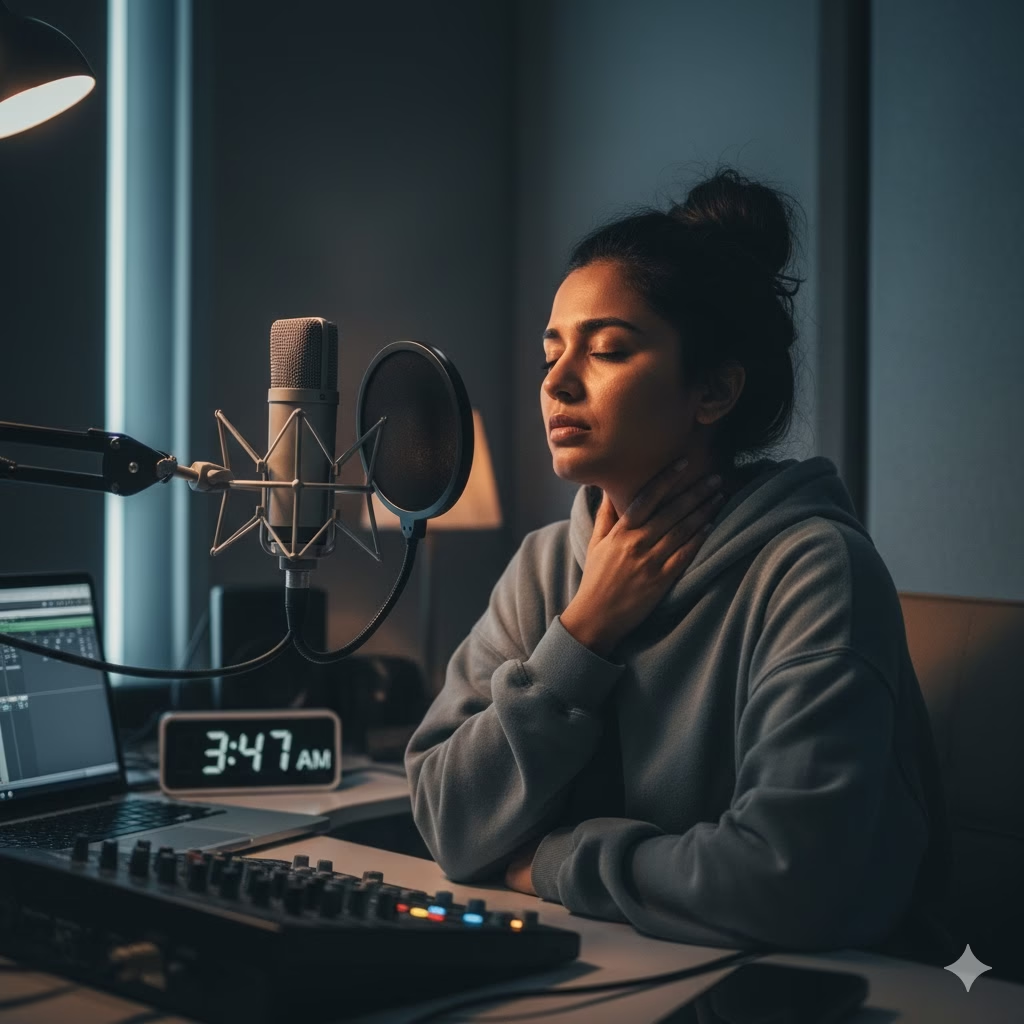
Before the internet, people who felt ASMR simply did not have a name for it. They might have called it “brain tingles” or “head pleasure” (a confusing name that led to early errors). The start of the ASMR group really began on online forums. There, people started sharing their unique feelings carefully.
A key moment was a discussion thread on a health forum called “Steady Health” in 2007. A user named ‘okaywhatever5’ posted about having “that good feeling/weird sensation/shiver.” This thread quickly brought together others who knew the feeling. It was clear many people shared this unnamed experience.
Jennifer Allen created the name “Autonomous Sensory Meridian Response” in 2010. She felt a name that sounded more scientific would help make the experience seem real. She wanted to move it away from words that were too suggestive or wrong. The name was meant to be neutral and academic, and it worked.
At the same time, YouTube channels started showing up. Early leaders like ‘WhisperingLife’ and ‘GentleWhispering’ began making videos just to cause ASMR. At first, they didn’t even know the feeling had a name. Their success proved that there was a huge audience waiting for these special sensory experiences.
Over the last ten years, ASMR has grown very fast. What started as an effort by regular people has turned into a refined content industry. Creators spend money on high-quality microphones (like mics that make 3D sound), detailed sets, and complex role-play stories. This shows how powerful sharing human experiences can be in the modern digital world.
Is It Good For You? Looking at the Reported Benefits
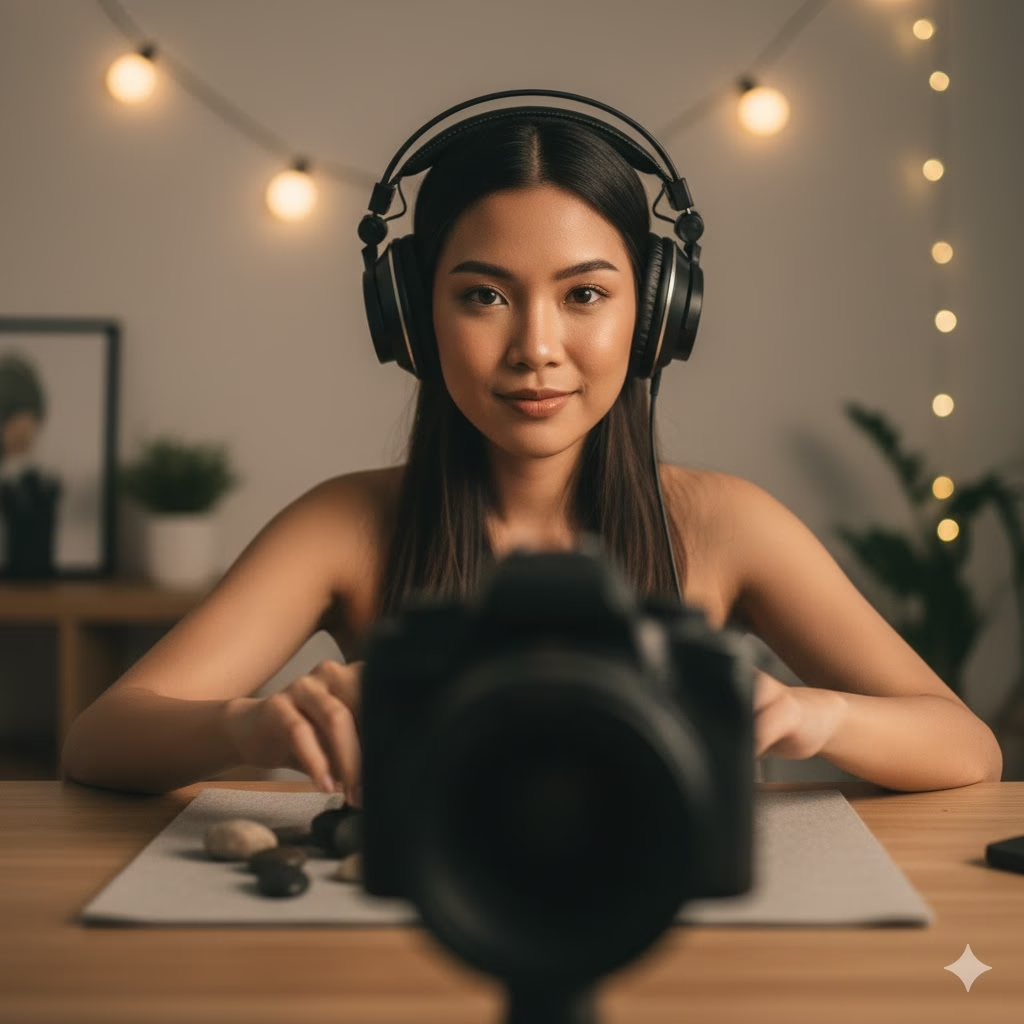
The main reason people watch ASMR videos is because they say it helps ease many mental worries. Thousands of personal reports, and more scientific studies over time, suggest that ASMR can be truly helpful.
1. Less Stress and Worry
This is likely the benefit people talk about most. Many people use ASMR as a natural way to reduce stress. The slow speed, soft sounds, and focused attention in most ASMR videos can be a strong counter to the busy pace of life. It offers a gentle break, slowly guiding the mind away from worried thoughts toward the present moment. The tingling feeling itself is often described as deeply relaxing, almost like a mental rub-down.
2. A Good Night’s Sleep
For people who can’t sleep and struggle with bedtime, ASMR has become a popular habit. The dull, repeated, and gentle nature of many ASMR triggers helps quiet a mind that is racing. This makes it easier to fall asleep. Instead of just looking at the ceiling, people can focus on a soft whisper or tapping sound. This gives their mind a calming place to rest. Research has shown that ASMR can truly slow the heart rate, which helps a person sleep.
3. Better Mood
Besides just relaxing, many users say their mood is much better after an ASMR session. When feel-good brain chemicals are released (like dopamine and oxytocin, which we will discuss later) during an ASMR experience, it can lead to feelings of happiness and mild joy. For people fighting sadness, ASMR can offer a short rest, a soft escape from bad thoughts.
4. Helping with Pain
Though scientists have studied this less, some people who have long-term pain say ASMR helps them manage their symptoms. The idea is that focusing deeply on the sounds and feelings of ASMR takes attention away from pain signals. This is like how meditation can help manage pain. The deep relaxation from ASMR could also help lower muscle tension that makes some types of pain worse.
5. Feeling Less Lonely
The personal attention videos, where creators pretend to have close, one-on-one talks, can give viewers a feeling of connection. For people who feel lonely, especially when they are isolated, these videos can offer a feeling of companionship and care, even if it is only pretend. The soft voices and gentle actions can create a sense of being looked after and understood.
The Science of ASMR (or Lack Thereof): Is It Just Weird, or Real?
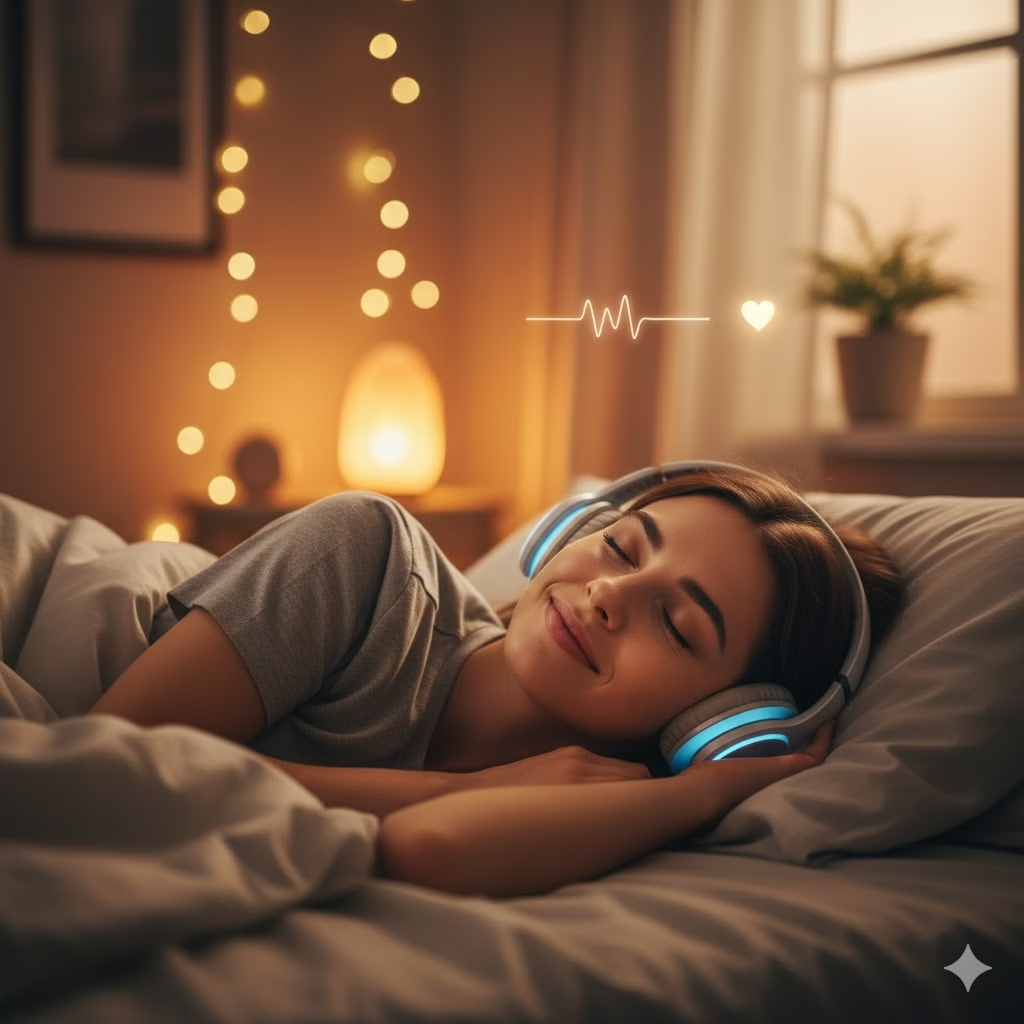
This is where the “weird” factor often comes in for people who doubt ASMR. If it is so powerful, why don’t doctors use it as a standard treatment? The truth is, while many people tell similar stories of success, real scientific research is still very new.
Early scientific studies on ASMR have started to show how it works:
Brain Activity: Studies with Scans
Some of the strongest evidence comes from studies that scan the brain. Functional magnetic resonance imaging (fMRI) has shown that people who feel ASMR have different ways their brains light up. One study, printed in PLOS ONE in 2018, found that people who felt ASMR had more activity in brain areas linked to reward and strong feelings (like the medial prefrontal cortex) when they watched ASMR videos. This was compared to people who didn’t feel it. This proves there is a unique brain reaction.
Other studies have used EEG (which measures brain waves). These studies sometimes show changes in brain waves that match relaxed states, such as more alpha waves. This is similar to what happens during meditation.
Physical Body Reactions
Beyond brain activity, scientists have seen changes in the body. A 2018 study found that people who experience ASMR had a much slower heart rate while watching the videos. This is similar to what happens with other ways to relax. They also showed more skin conductance responses. This shows they were emotionally interested and engaged.
Ideas About Brain Chemicals
While it’s hard to measure directly, researchers think ASMR might cause the release of several brain chemicals:
- Dopamine: Linked to feeling rewarded and happy.
- Oxytocin: Linked to closeness, trust, and feelings of well-being. This matches the “personal attention” videos.
- Serotonin: A chemical that balances mood. This could explain why people feel better.
- Endorphins: Natural pain relievers. This might explain some of the reports about helping with pain.
The “Default Mode Network” Idea
One interesting theory suggests that ASMR works because it changes the brain’s “Default Mode Network” (DMN). The DMN is active when our minds wander, when we think about ourselves, or when we worry about the past or future. This is often where anxiety comes from. ASMR, with its highly focused sensory input, might stop or quiet the DMN. This moves the brain into a more present, relaxed state, much like when people do mindfulness meditation.
So, the science is still catching up. But early findings strongly suggest that ASMR is not “just weird.” It is a real reaction in the brain and body that needs more study. It is a genuine physical event for people who can feel it.
How to “Do” ASMR: Finding Your Tingle

You don’t “do” ASMR like you do an action. You “experience” it. But if you want to find out if you are someone who responds to ASMR, here is how to try it:
1. Start with the Source: YouTube
The easiest place to begin is YouTube. Search for “ASMR” and prepare to see a massive amount of content.
2. Try Different Triggers
Don’t give up if the first video doesn’t work. Remember, triggers are very personal. Try different kinds:
- Whispering: Search “ASMR whispering”
- Tapping: Search “ASMR tapping”
- Crinkling: Search “ASMR crinkling”
- Role-plays: Search “ASMR doctor,” “ASMR hair salon,” “ASMR ear cleaning” (these are common and popular)
- Accidental ASMR: Sometimes the best ASMR is not made on purpose. Watch videos of people doing precise jobs, like Bob Ross painting or detailed cooking videos.
3. Use Headphones for ASMR

This is very important. Many ASMR videos are recorded with special binaural microphones. These mics record sound in a way that feels like it’s coming from all around you, just like real life. Headphones (especially large, over-ear ones) will greatly improve the experience and how well the triggers work.
4. Set the Scene

Get rid of distractions. Find a quiet, cozy place where no one will interrupt you. Turn the lights down if you can. The goal is to fully focus on the sounds and sights.
5. Be Patient and Open
ASMR is not a guarantee for everyone. Some people just don’t get the tingles. Others might need to try many different creators and trigger types before they find what works. If you approach it with an open mind, instead of expecting a certain feeling, it might help.
The Dark Side? Controversies and Criticisms

Even with its growing acceptance, ASMR has its share of arguments and people who criticize it.
1. Wrong Ideas and Sexualization
One of the first and longest-lasting problems was mixing up ASMR with sexual feelings. Words like “brain orgasms” (though mostly stopped by the community) added to this confusion. The feeling can be nice and joyful, but for most ASMR people, it is clearly not sexual. Sadly, a few creators have made videos that blur this line on purpose or by accident. This can scare away new users and keep the wrong ideas alive.
2. “ASMR Fatigue” and Less Effect
Some people who have enjoyed ASMR for a long time say they get “ASMR fatigue.” The triggers that used to give them strong tingles now work less well. They have to search for new creators or different triggers. This happens with many sensory experiences and brain rewards, but it is hard for those who rely on ASMR to relax.
3. The “Weird” Factor and Social Stigma
For people who don’t feel ASMR, the idea of watching someone whisper into a mic or tap on objects can seem very strange, even creepy. This often leads to people being ashamed to admit they enjoy ASMR. This is slowly changing as ASMR becomes more common, but the idea that it’s “weird” still exists.
4. The Misophonia Conflict
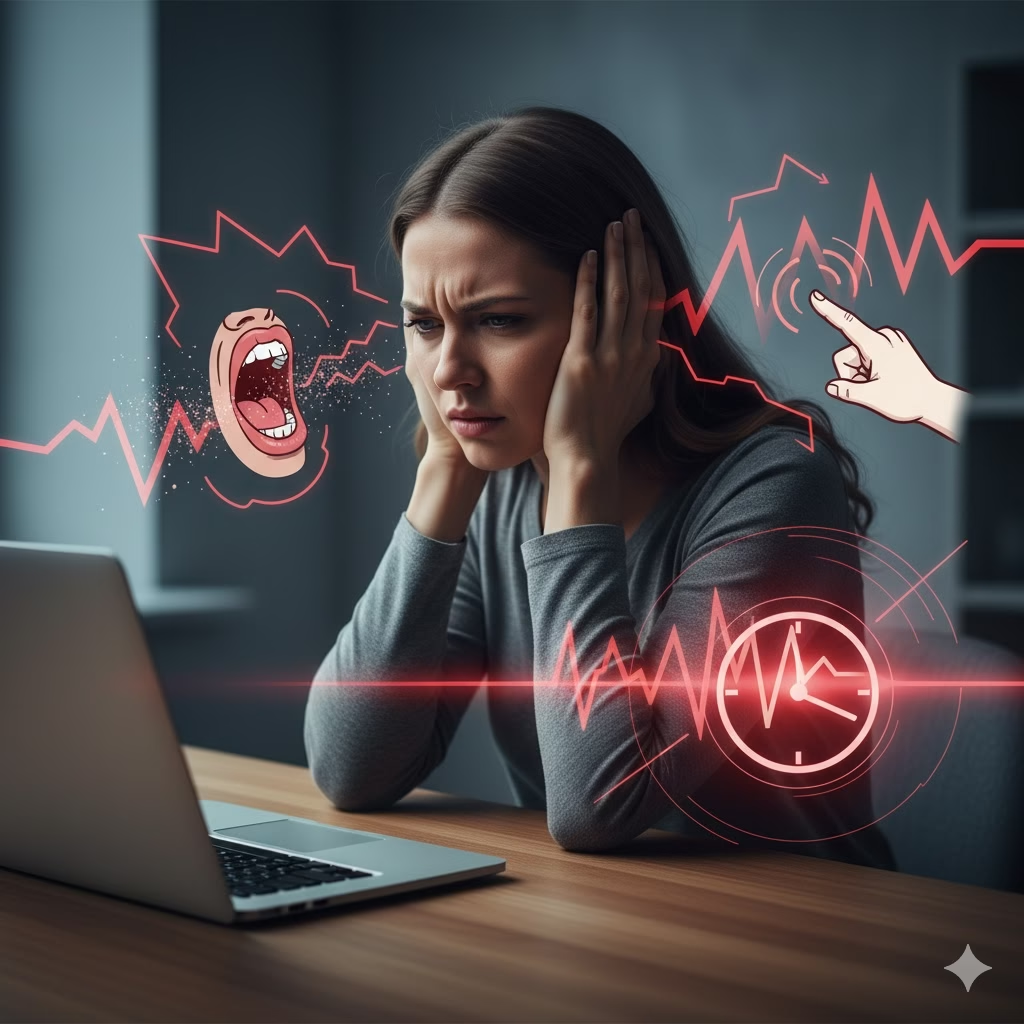
While ASMR relaxes many people, for others, the very sounds that cause tingles—whispering, chewing, tapping—can cause strong negative feelings and physical reactions. This problem is called Misophonia, or “hatred of sound.” For someone with Misophonia, the content is not calming. It can be very annoying or even cause anger. This split shows how differently people’s brains process certain sounds.
5. Selling Out and Being Fake
As ASMR has become popular, it is now heavily commercial. Companies now pay creators for videos that are ads. This makes people worry if the content is truly authentic. When a video is an ad pretending to be a real relaxation tool, it can break the crucial feeling of immersion needed for the tingle. This can lead to “tingle immunity” or tiredness among long-time fans. The need for more views can also push creators toward triggers that are stranger or more shocking, moving the focus away from real health benefits.
The Creator’s Perspective: Behind the Mic
What does it take to make a relaxing experience for millions? Creating ASMR content is much harder than it looks. It demands special skills and often, big life changes.
The Gear: Investing in the Feeling
The most important tool for an ASMR artist is the microphone. Most professional creators use binaural microphones. These have two separate inputs spaced like human ears (often looking like a fake head). This lets them record sound that travels to your headphones with a realistic sense of space. When an artist whispers from the “left,” you really hear it in your left ear. This creates the close feeling that they are right next to you. This gear is costly and needs a quiet setup to get rid of any noise.
The Art of Control and Care
A successful ASMR artist must be able to control their voice and body well. They must whisper softly but clearly for a long time. They must do repetitive actions with a steady, gentle rhythm. This perfect execution is what starts the relaxation response.
More importantly, the best creators are very empathetic. The “personal attention” videos work because the creator acts like a friend, caregiver, or service provider, focusing only on the viewer. This copies the safe, soothing feeling often linked to early childhood care. Researchers think this is a main reason for it’s stress-relieving powers.
The Things They Give Up
Being an ASMR artist means giving up certain things. Many creators report:
- Voice Strain: Whispering or speaking softly for hours can cause long-term voice cord problems.
- Social Isolation: The need for a totally quiet recording space means videos are often made late at night or alone.
- Dealing with Hate: Even though the videos are about peace, being public on YouTube exposes creators to doubts, bullying, and the “weird” label.
- Tingle Immunity: Oddly, many creators become immune to their own triggers. This happens because they are exposed to them all the time while testing and editing their content.
Conclusion: Good, Weird, or Both?

So, after looking at all the stories, the new science, and the arguments, where is the truth about ASMR?
Is it weird? Without a doubt, yes. To someone outside the community, watching a person brush a tiny microphone or pretend to do a brain check seems very unusual. The “weirdness” is simply because it’s new and different from regular media or therapy.
But is it good for you? For the millions who use this to fight sleeplessness, calm severe worry, and find a quiet moment in a busy world, the answer is a strong yes. The scientific data, though new, proves the physical reality: ASMR slows the heart rate and activates brain areas linked to reward and happiness. It is a real mental and physical event.
This is perhaps best seen as a kind of digital self-help—an easy, free tool that uses the brain’s special power to find comfort in certain sensory patterns. It won’t take the place of professional mental health care, but it is a strong, proven tool for self-soothing.
In the end, whether you think the idea is strange or wonderful, the power of ASMR to cause a real, measurable physical reaction in the human body confirms that it is much more than just a quick internet trend. It is a real, deeply personal path to finding calm.
Frequently Asked Questions (FAQ)
1. Does everyone feel ASMR?
No. Studies suggest that only a small part of the population (maybe around 10-20% of people tested) feels the classic, strong tingling feeling. Many others just find the videos relaxing without the intense physical response.
2. Can ASMR cure worry or sadness?
This is a good way to cope with the feelings of stress, worry, and trouble sleeping. However, it is not a cure for medical conditions like serious anxiety or depression. If you are struggling with serious mental health issues, you must seek help from a doctor or professional.
3. Why do I sometimes get annoyed by ASMR sounds?
This could be due to Misophonia. This is a condition where certain sounds (often repeated or mouth-related) cause an immediate, strong negative feeling (anger, distress). If you feel annoyed, you should simply stop watching and try a different kind of sound or visual trigger.
4. What is “Tingle Immunity”?
Tingle immunity, or ASMR fatigue, happens when a person who once felt strong tingles finds that their usual triggers no longer work, or the feeling is much weaker. This occurs because the brain gets used to things that happen over and over. The best fix is often to take a break from it for a few weeks or to try completely new kinds of triggers and creators.
5. Is there ASMR with only visuals?
Yes. Some people only get tingles from seeing things. This could be watching someone tracing shapes, putting on makeup, or doing silent, slow hand movements. These are often called “No Talking” ASMR videos that focus on what you see.
References
- NIH – The Default Mode Network in Healthy Individuals
- Psychology – What Is ASMR and Why Are People Watching These Videos?
- Healthline – ASMR: Benefits and Emerging Research
Recent Posts


